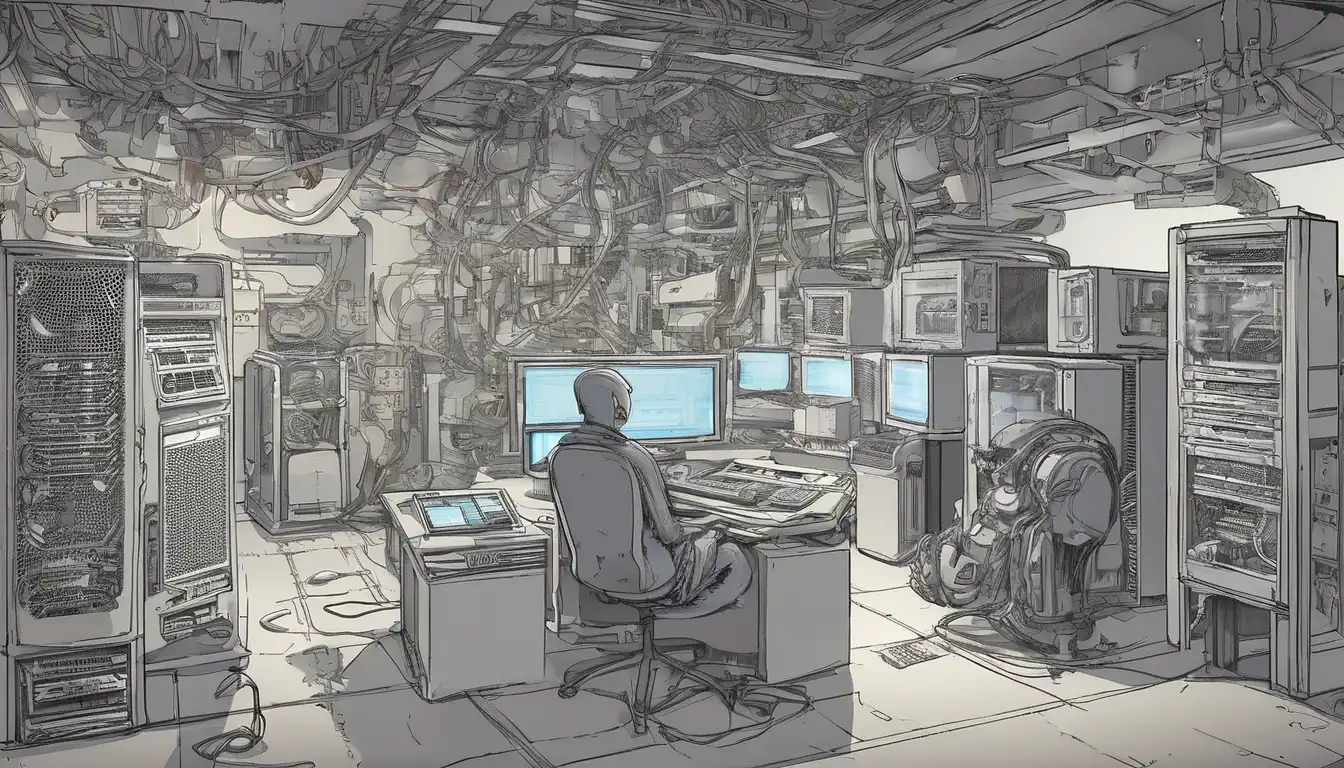Introduction to Computer Component Selection
Building your own computer can be an incredibly rewarding experience, but choosing the right components is crucial for optimal performance and value. Whether you're a first-time builder or an experienced enthusiast, understanding how to select compatible and high-quality computer parts will ensure your system meets your specific needs. This comprehensive guide will walk you through the essential considerations for each major component.
Understanding Your Needs and Budget
Before diving into specific components, it's essential to define your computer's primary purpose and establish a realistic budget. Different use cases require different hardware priorities:
- Gaming PCs: Prioritize GPU and CPU performance
- Workstation Builds: Focus on RAM and storage capacity
- Office/General Use: Balance performance with cost-effectiveness
- Media Centers: Emphasize storage and connectivity
Your budget will naturally dictate your component choices. A good rule of thumb is to allocate approximately 30-40% of your total budget to the graphics card for gaming builds, while workstation builds might prioritize CPU and RAM allocation.
Processor (CPU) Selection
The CPU serves as the brain of your computer, handling all computational tasks. When selecting a processor, consider these key factors:
Core Count and Clock Speed
Modern applications benefit from multiple cores, with gaming typically utilizing 4-8 cores while productivity tasks can leverage even more. Clock speed (measured in GHz) determines how quickly each core can process instructions. For most users, a balance between core count and clock speed provides the best performance.
Brand Considerations: Intel vs AMD
Both Intel and AMD offer excellent processors across various price points. AMD typically provides better value in multi-threaded applications, while Intel often leads in single-threaded performance. Research current generation offerings from both manufacturers to determine which best suits your needs and budget.
Graphics Card (GPU) Choices
For gaming, video editing, or 3D rendering, the graphics card is arguably the most important component. Consider these aspects when selecting your GPU:
Performance Tiers
Graphics cards range from entry-level models suitable for basic tasks to high-end cards capable of 4K gaming. Match your GPU selection to your monitor's resolution and refresh rate requirements. A 1080p gaming setup has different demands than a 4K workstation.
VRAM Considerations
Video RAM (VRAM) determines how much texture and graphical data the card can store. Higher resolution gaming and professional applications benefit from more VRAM. Most modern games recommend at least 6-8GB of VRAM for 1080p gaming, with 12GB or more preferred for higher resolutions.
Motherboard Selection
The motherboard serves as the foundation connecting all your components. Key considerations include:
Socket Compatibility
Ensure your chosen motherboard supports your selected CPU's socket type. Intel and AMD use different socket designs that change with each generation.
Form Factor
Motherboards come in various sizes: ATX (standard), Micro-ATX (compact), and Mini-ITX (small form factor). Choose a size that fits your case and provides the expansion slots you need.
Feature Set
Consider connectivity options like USB ports, networking capabilities, audio quality, and expansion slots. Higher-end motherboards offer better power delivery for overclocking and more robust cooling solutions.
Memory (RAM) Requirements
System memory affects multitasking capability and application performance. Important considerations include:
Capacity
16GB represents the current sweet spot for most users, while 32GB or more benefits content creators and heavy multitaskers. Gaming systems typically perform well with 16GB, though some modern titles benefit from 32GB.
Speed and Timings
RAM speed (measured in MHz) and timings (CAS latency) impact performance, particularly with AMD processors. Balance speed with stability, as extremely high-speed RAM may require manual configuration.
Storage Solutions
Modern systems benefit from combining different storage types for optimal performance and capacity:
SSD vs HDD
Solid State Drives (SSDs) provide dramatically faster load times than traditional Hard Disk Drives (HDDs). Use an SSD for your operating system and frequently used applications, while HDDs offer cost-effective bulk storage.
NVMe vs SATA
NVMe SSDs connect directly to the motherboard via PCIe lanes, offering significantly faster speeds than SATA SSDs. For most users, the difference in real-world performance is minimal, but content creators and professionals may benefit from NVMe's increased bandwidth.
Power Supply Unit (PSU)
Often overlooked, the power supply is critical for system stability and longevity:
Wattage Calculation
Calculate your system's power requirements using online PSU calculators, then add 20-30% headroom for future upgrades and efficiency. A quality 650W-750W PSU suits most mid-range builds.
Efficiency Ratings
Look for 80 Plus certified units (Bronze, Gold, Platinum) indicating power efficiency. Higher efficiency ratings typically correlate with better build quality and longer warranties.
Cooling Solutions
Proper cooling ensures component longevity and stable performance:
Air vs Liquid Cooling
High-quality air coolers often match the performance of all-in-one liquid coolers at lower price points. Liquid cooling becomes more beneficial for extreme overclocking or compact builds with limited airflow.
Case Airflow
Your case selection significantly impacts cooling performance. Look for cases with mesh front panels and support for multiple fans. Proper positive air pressure (more intake than exhaust fans) reduces dust accumulation.
Case Selection and Aesthetics
The computer case houses all your components while affecting thermals and noise levels:
Size Compatibility
Ensure your case supports your motherboard form factor and has adequate clearance for your GPU length and CPU cooler height. Consider future upgrade requirements when selecting case size.
Build Quality and Features
Look for cases with tool-less design, good cable management options, and dust filters. Premium cases offer better materials, noise dampening, and more thoughtful design elements.
Compatibility Checking and Final Steps
Before purchasing components, verify compatibility using these methods:
- Use online compatibility checkers like PCPartPicker
- Confirm physical dimensions (GPU length, CPU cooler height)
- Check power connector requirements
- Verify BIOS compatibility for newer CPUs on older motherboards
Building a computer requires careful planning, but the result is a system perfectly tailored to your needs. By following this guide and researching each component thoroughly, you'll create a reliable, high-performance computer that serves you well for years to come. Remember that technology evolves rapidly, so consider future upgrade paths when making your initial component selections.
